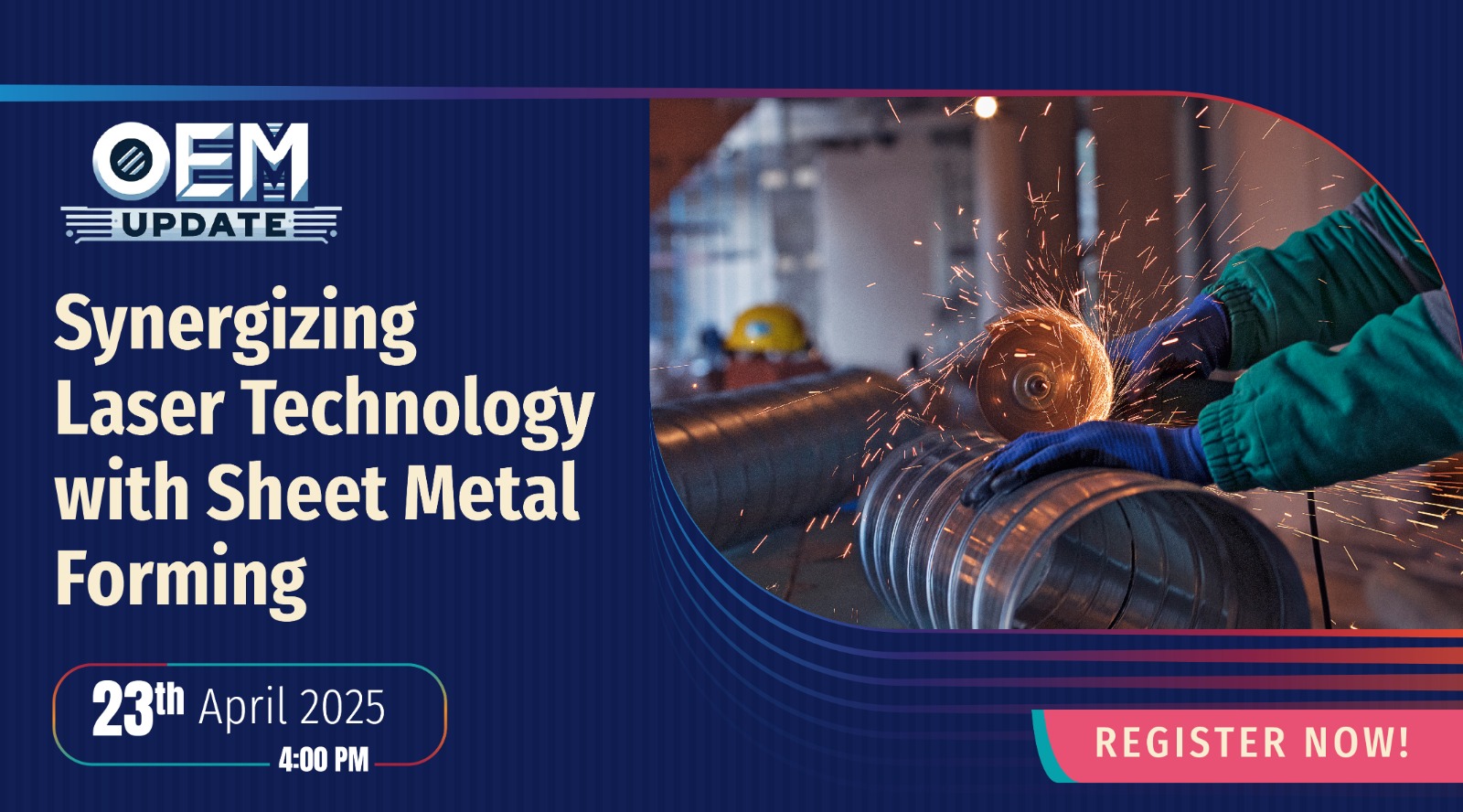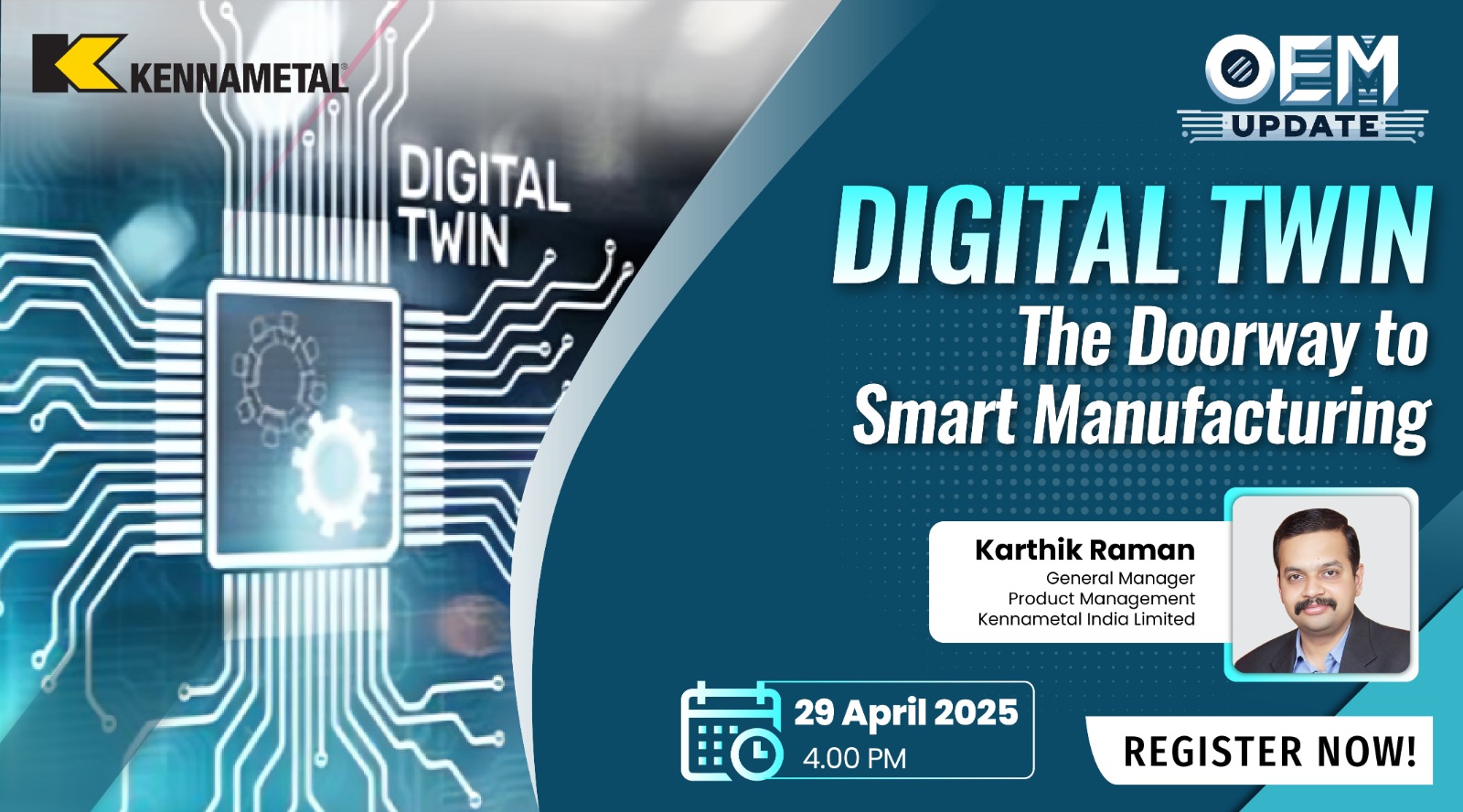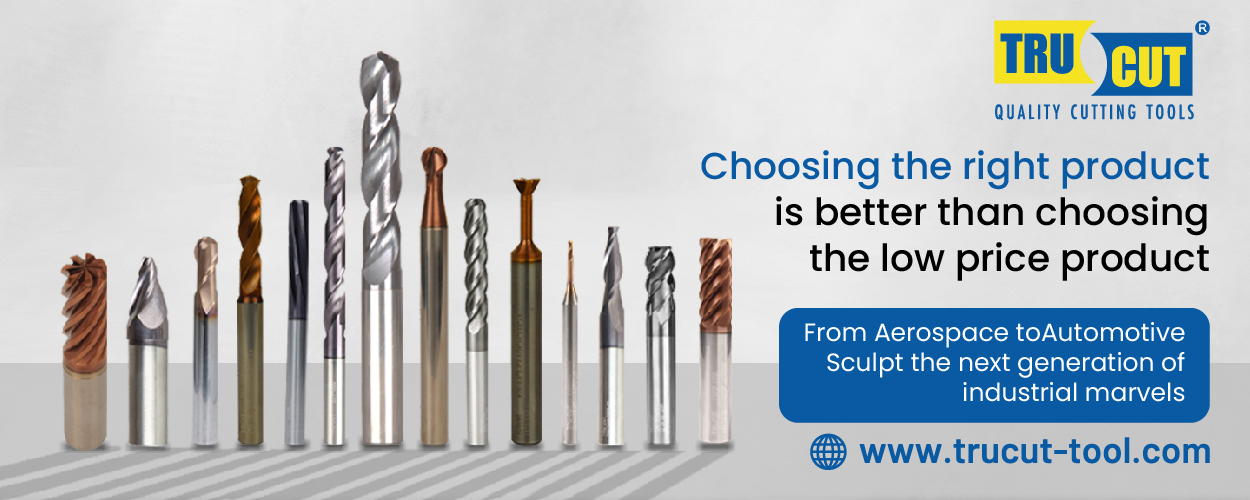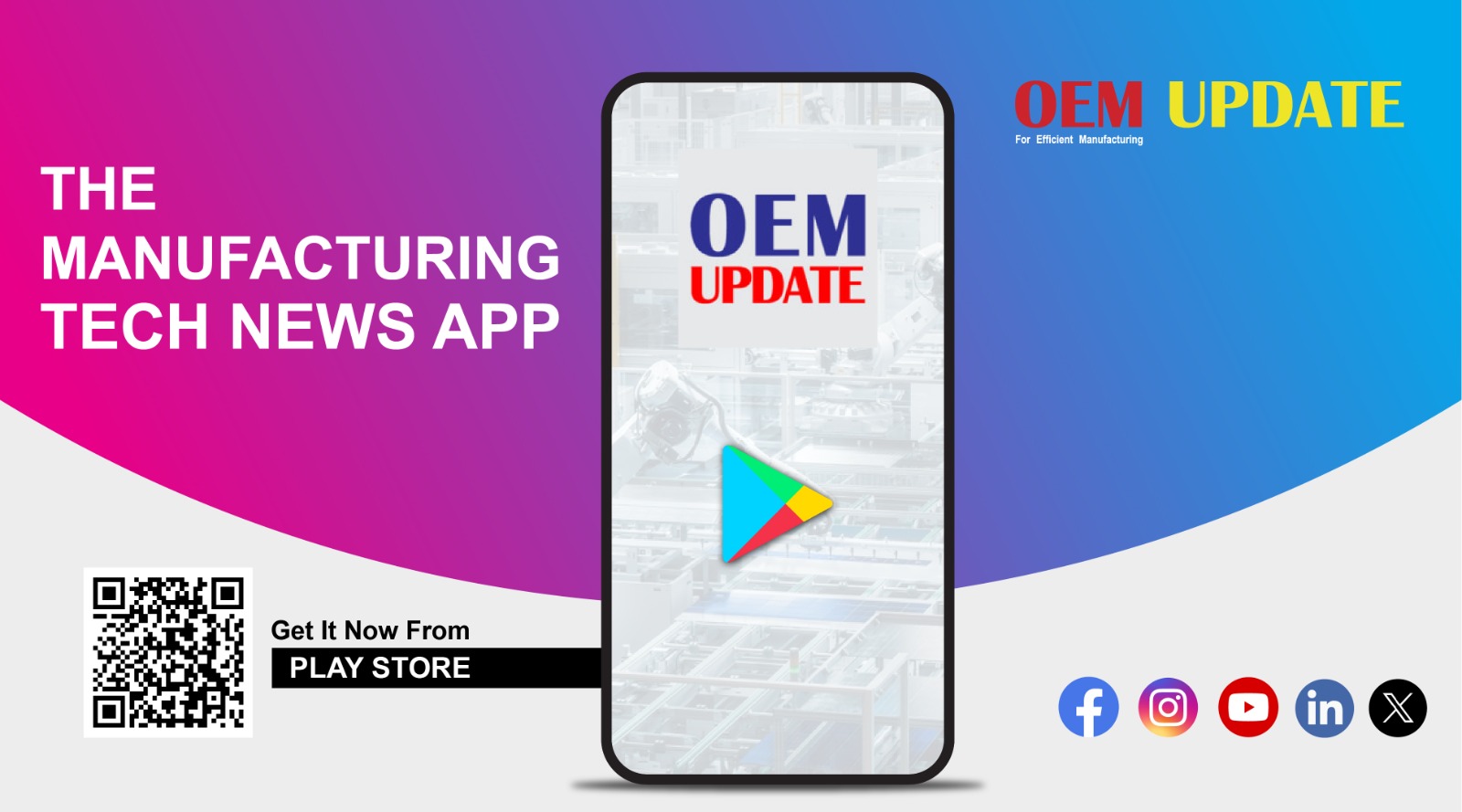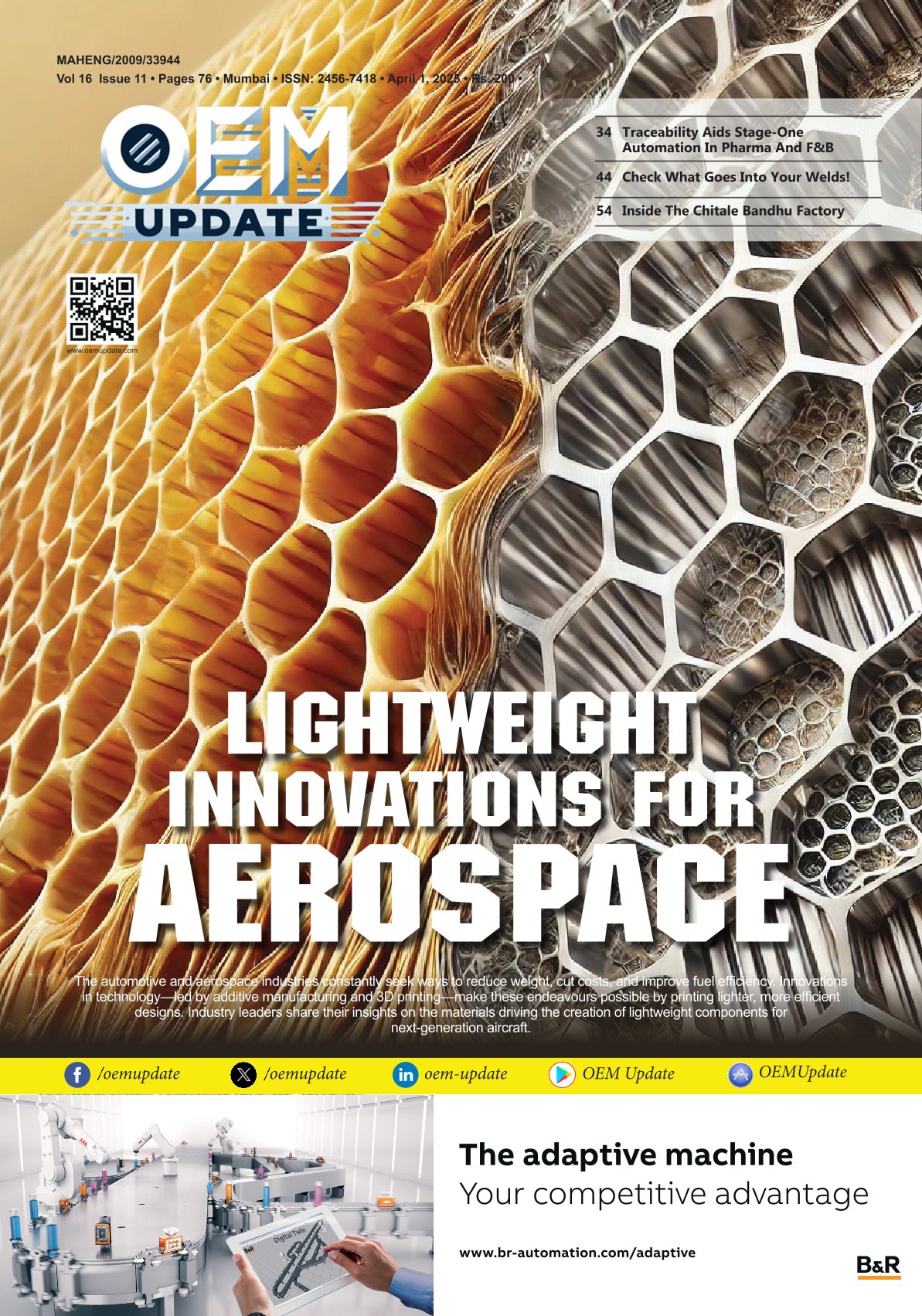Unlocking manufacturing potential with lightweight materials
By Staff Report February 7, 2025 7:07 pm IST
The use of lightweight materials opens up new possibilities in vehicle architecture, allowing car manufacturers to optimise frame designs and internal structures to be lightweight and safe without compromising integrity. Himadri Sen, Regional Operational Excellence Head (GM) at Piramal Pharma Ltd., discusses the rapid technological transformation in the automotive and component manufacturing industry, particularly with the rise of electric vehicles (EVs).
What recent technologies has Piramal introduced for automotive component manufacturing?
The automotive and component manufacturing industry is going through a massive technological transformation. The rapid growth of electric vehicles (EVs) requires swift technological advancements, scalable computing platforms, and innovative business models for effective collaboration.
During my time in the automotive component manufacturing industry, we utilised Industry 4.0 and Quality 4.0 tools to improve manufacturing productivity and quality. This helped manufacturing processes become leaner and set the foundation for long-term competitiveness. We leveraged advanced artificial intelligence (AI), automation, robotics, simulation, and digital manufacturing technologies to deliver differentiated products at scale with efficiency, agility, and speed.
Industry 4.0 technologies like CATIA and PRO-E are being utilised for early product lifecycle modelling and simulation to ensure efficiency and reduce risk for our automotive customers, who can be assured of a smoother production process at scale. For example, within a design for manufacturing (DFM), modelling and simulation are used to determine how to achieve the highest yield with the fastest cycle times before a product reaches the manufacturing stage. DFM guidance aids companies in ensuring the manufacturability of product designs, thereby reducing scrap and bottlenecks and enhancing product performance.
Simulation offers big advantages in the automotive industry during the Production Part Approval Process (PPAP). This strictly documented process guarantees that products delivered to customers meet their performance, quality, and delivery expectations. We use simulation to accelerate this process, iteratively developing production flows in software until we are satisfied that we have the necessary capacity and capabilities before constructing products in real life.
This approach saves months of time and resources, enabling automotive manufacturers to accelerate next-generation mobility while maintaining quality, safety, and resiliency. We can streamline serial production by gathering early input into the process failure mode and effects analysis (PFMEA). By simulating production lines and processes, we can quickly identify areas of highest risk and key bottlenecks and implement risk mitigation strategies in advance.
How has the shift towards electric vehicles impacted component design and production?
EVs require fewer parts than internal combustion engine (ICE) vehicles, which has led to the obsolescence of some traditional components like fuel injectors and exhaust systems. However, there is a growing demand for EV-specific parts, such as battery systems and electric motors. Similarly, the focus has been on manufacturing with lighter and more compact parts. This has led to more innovation and opportunities in battery tech. And faster charging.
Lightweight materials like carbon fibre and aluminium improve vehicle performance and safety. Please share your views about it.
Lightweight materials like carbon fibre and aluminium are revolutionising the automotive industry, offering advantages that improve vehicle performance and safety. Carbon fibre and aluminium are lighter than traditional steel, resulting in improved fuel efficiency and performance. This reduces the energy consumption of the engine, which is crucial for electric vehicles (EVs) to extend their range.
Materials like aluminium crumple zones and carbon fibre can effectively absorb and dissipate energy during collisions, reducing occupant impact forces. These materials can be engineered to deform in a controlled manner, providing strategic reinforcement without adding much weight.
Aluminium is highly corrosion resistant, which increases the lifespan of vehicle parts exposed to weather conditions, road salts, and other corrosive factors. Carbon fibre doesn’t rust and contributes to durability and longevity, especially for structural components or body panels exposed to the elements.Carbon fibre offers exceptional design flexibility. It can be moulded into complex shapes with high precision, allowing for streamlined, aerodynamic bodywork that enhances vehicle efficiency. This is particularly beneficial in motorsports and performance cars, where aerodynamics is important.
The use of lightweight materials opens up new possibilities in vehicle architecture. For instance, car manufacturers can optimise frame designs and internal structures to be lightweight and safe without compromising integrity.
The main challenge with lightweight materials like carbon fibre is the cost. Carbon fibre, in particular, is more expensive than steel or aluminium, and the manufacturing processes can be complex and energy-intensive. However, prices are expected to decrease as technology advances and production methods scale up.
The main challenge with lightweight materials is high initial costs. Carbon fibre is more expensive than steel or aluminium, and the manufacturing processes can be complex and energy-intensive. However, prices are anticipated to decrease as technology advances and production methods increase.
While the upfront cost is higher, overall fuel efficiency, maintenance, and repair savings can offset the initial investment over time for high-end, performance, and luxury vehicles.
Aluminium, a highly recyclable material, is widely used in vehicles to minimise environmental impact. Carbon fibre is more challenging to recycle; research into circular economy solutions and recycling technologies is ongoing, with new methods being developed to reuse carbon fibre efficiently.
As the auto industry shifts towards EVs, lightweight materials are critical for optimising battery range and performance. Reducing weight allows EVs to drive further on a single charge and improves overall efficiency.
Cookie Consent
We use cookies to personalize your experience. By continuing to visit this website you agree to our Terms & Conditions, Privacy Policy and Cookie Policy.







